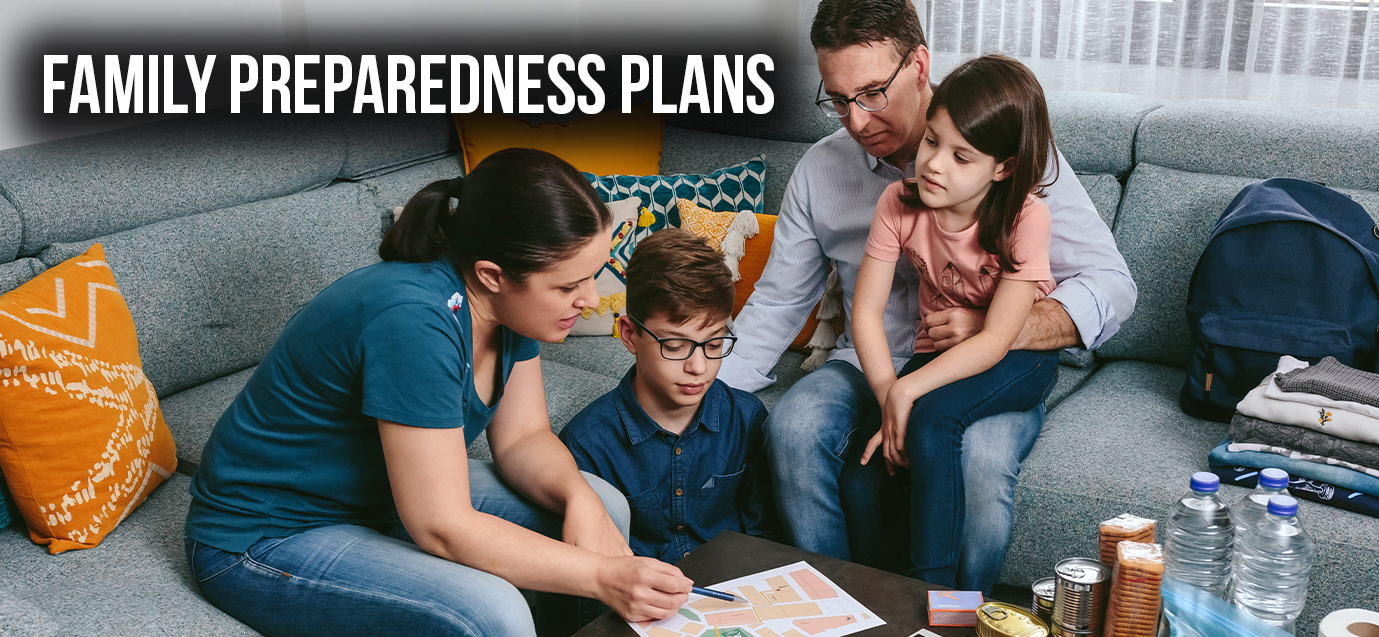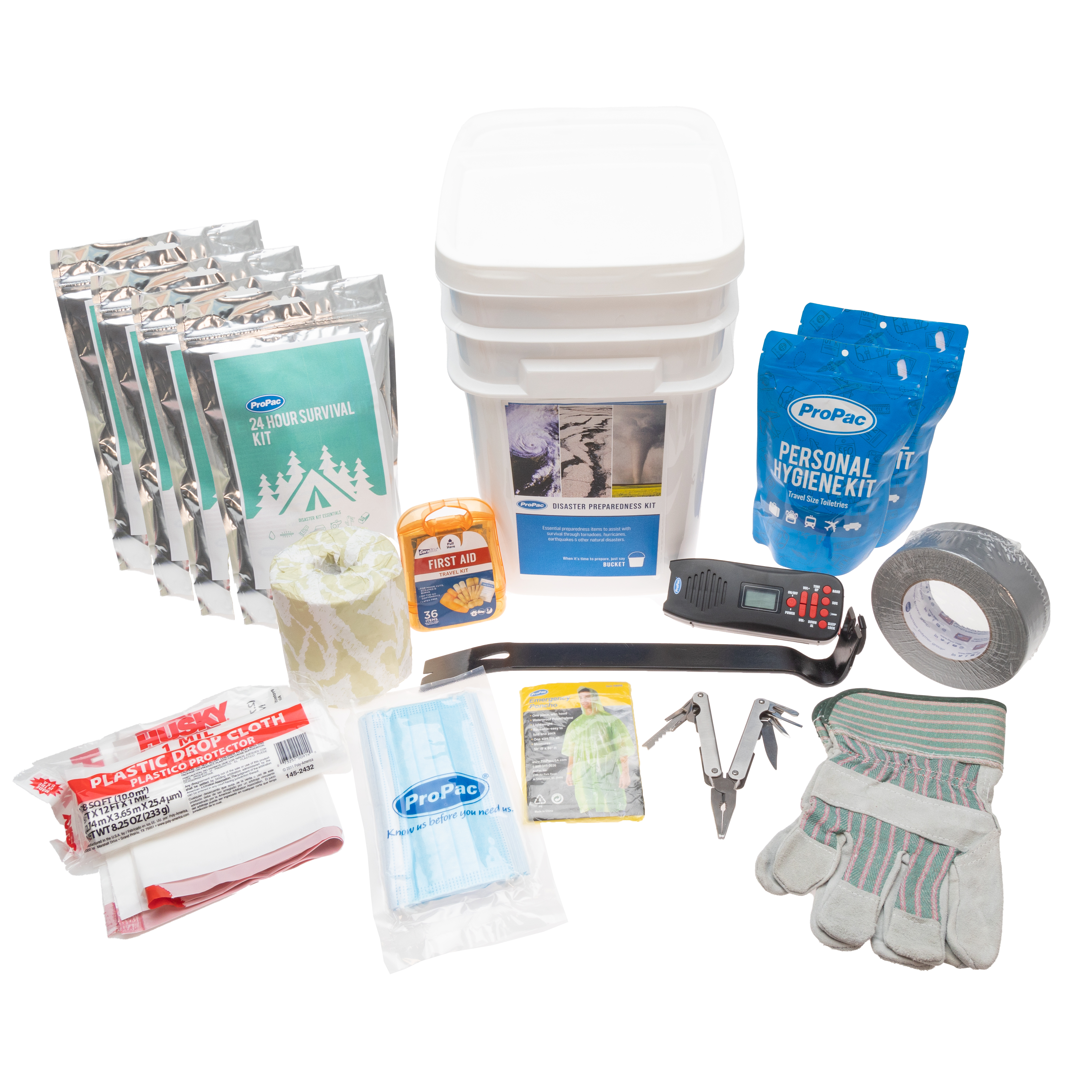
Family Preparedness Plans
Tuesday September 12, 2023
Creating Inclusive Family Emergency Preparedness Plans
Disasters can strike at any time, leaving families vulnerable and in need of quick action. To ensure the safety and well-being of your loved ones during emergencies, it is crucial to have a well-thought-out family emergency preparedness plan in place.
Before you start planning, it's essential to understand the types of disasters most likely to occur in your area. Different regions face various threats such as hurricanes, earthquakes, wildfires, floods, or tornadoes. Knowing your risks will help you tailor your plan accordingly.
Effective communication is the cornerstone of any emergency preparedness plan. Designate a family communication plan that includes:
Emergency contacts: Curate a list of essential contacts, including local authorities, family members, and friends.
Out-of-town contact: Choose a relative or friend who lives far away from you to serve as a central point of communication in case local lines are down.
Emergency alerts: Sign up for local emergency alerts and notifications to stay informed about ongoing situations.
Develop an evacuation plan that considers the unique needs of family members with disabilities. An inclusive plan for those with disabilities should include:
Accessible routes: Identify accessible routes for evacuation, accounting for wheelchair ramps, elevators, and service animals.
Transportation: Arrange accessible transportation options in case of evacuation.
Communication aids: If necessary, have alternative communication devices like text-to-speech apps or communication boards on hand.
Purchase or prepare emergency kits that include essential supplies for everyone in your family, including:
Water: For drinking and sanitation, store at least one gallon per person for each potential day.
Non-perishable food: Canned goods, energy bars, and dried fruits are good choices.
Medications and first aid supplies: Keep first aid kits nearby, including basic medical supplies and any necessary medications you and your family use.
Extra mobility aids: Include these in your kits and plans if a family member needs extra mobility assistance.
Flashlights and batteries: Make sure you have a reliable source of light.
Multifunction knife and tools: Useful for various tasks.
Personal hygiene items: Toothbrushes, toothpaste, soap, and hand sanitizer.
Copies of important documents: Identification, insurance papers, and medical records.
Cash: ATMs may not be operational during emergencies.
Blankets and extra clothing: Prepare for varying weather conditions.
Cell phone with a portable charger: Communication is vital during emergencies.

Pets are part of the family, and their needs should be incorporated into your emergency plan. Gather supplies specifically for your furry friends in times of need.
Pet emergency kit: Assemble a kit that includes food, water, medications, leashes, collars, and carriers.
Identification: Ensure that your pets are microchipped and have updated ID tags.
Shelter options: Research pet-friendly shelters or hotels in your evacuation area.
Familiarize your pets: Get your pets accustomed to carriers and car travel.
Regularly review and practice your family emergency preparedness plan with all family members. Conduct drills to ensure everyone knows what to do during different types of emergencies.
Stay informed about potential disasters and changing conditions in your area. Monitor weather forecasts, follow local news, and stay updated through emergency alerts and notifications.
A comprehensive family emergency preparedness plan is essential for ensuring the safety and well-being of your loved ones during times of crisis. By considering the unique needs of individuals with disabilities and the needs of your family pets, you can create an inclusive and effective plan. Remember, preparedness saves lives, so start planning today to protect your family in any emergency.